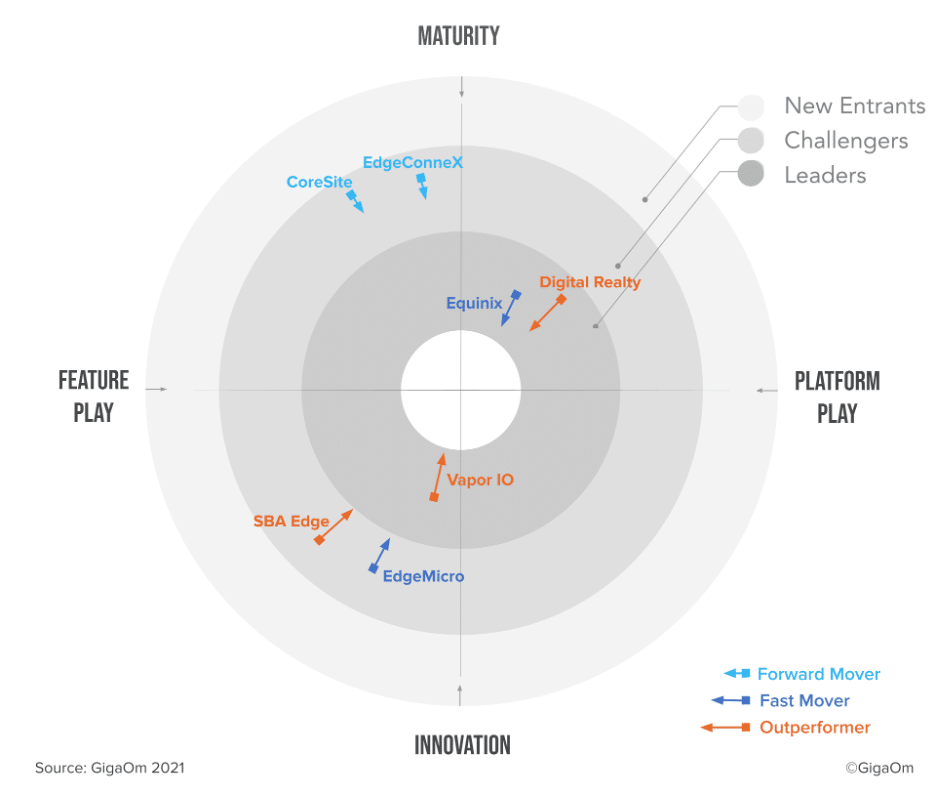Infrastructure edge computing, brought to fruition through the Kinetic Edge nationwide network of tower-connected edge data centers, will form the foundation of the nation’s 5G networks, assisting mobile operators as they upgrade their infrastructure and begin delivering new experiences.
At Mobile World Congress (MWC) and Edgecon Barcelona this year, much of the focus will be on the superfast 5G Radio Access Networks (RANs) which are beginning to emerge from the major network equipment manufacturers, promising the capability to deliver gigabits of data per second to an ever-growing population of devices ranging from smartphones and cars to IoT sensors.
But beyond all the excitement about millimeter-wave radio technologies and other wireless innovations are the realities of the internet as we know it today, and what is required of it to allow 5G to deliver on its promises of low-latency, real-time applications such as autonomous driving and remote surgery on a wide scale, not just in lab tests or cherry-picked locations.
So Far Away
Here’s the problem in a nutshell; no matter how fast we make the RAN, the data centers used by our mobile devices and applications are simply too far away. They’re housed in titanic data centers, hundreds or thousands of kilometers away from where we need them. And while today’s long-haul fiber network connectivity can move bits around the world in seconds, that’s no longer going to work. And here’s why:- High Latency: Simply put, we can’t move data faster than the speed of light. That’s fast enough, right? No, not for many use cases. Bear in mind it’s the absolute upper limit as dictated by physics; we can certainly move data far slower than the speed of light, and we usually do, especially where congestion, routing delays and buffering are involved. Even in near perfect conditions, the round trip delay between a mobile device and a remote centralized data center adds significant latency—far more than the RAN latency itself. No matter how much we speed up the RAN, we can’t deliver next-generation applications that require fine-tuned, real-time control with only the current centralized data center model.
- Data Deluge: The amount of data generated by ever user and every connected device, as well as how much data they are requesting from cloud servers is growing substantially each year. 5G networks will soon carry astronomical amounts of data, and the challenges of doing so will only continue to grow. While it’s certainly possible to transmit all of this across long-haul fiber networks, but that is difficult, costly, and inefficient. By moving servers and data storage to the edge of the network, such as at the Kinetic Edge, backhaul costs and inefficiencies can be mitigated for the networks and the applications.
- Locality: Beyond the challenges of high latency and the sheer amount of data our 5G networks will be carrying in the future, locality itself plays an important role in helping to provide the best experience to end users as well as the most efficient, robust and cost-effective infrastructure to the network operator and application provider. Positioning multiple tower-connected edge data centers across a single metro area means workloads and data can be optimized to use colocation and interconnection resources based on real-time local information such as user position, movement, RAN congestion and other factors. Moreover, as new data sovereignty laws and policies require data to stay within a region or municipality, the Kinetic Edge becomes an ideal platform to keep those resources local to a market or region.





